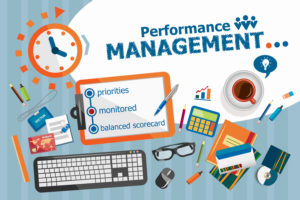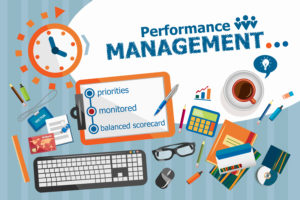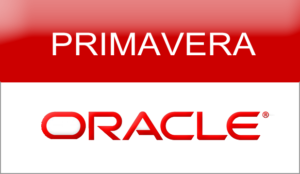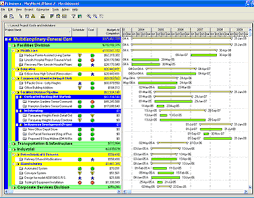 While it may be assumed that when you accept the role of project manager, you also indirectly accept the role of a leader; that is not the case. Essentially, leadership and project management are two different aspects to look at. A successful project manager may not translate to being an exceptional leader. To be precise, project managers are to control the three major factors (namely scope, budget and time) that influence the quality of service delivered. Project managers implement new tools and techniques to deliver impeccable results. Successful project management can be achieved by having adequate knowledge of project framework and being aware of newer methodologies.
While it may be assumed that when you accept the role of project manager, you also indirectly accept the role of a leader; that is not the case. Essentially, leadership and project management are two different aspects to look at. A successful project manager may not translate to being an exceptional leader. To be precise, project managers are to control the three major factors (namely scope, budget and time) that influence the quality of service delivered. Project managers implement new tools and techniques to deliver impeccable results. Successful project management can be achieved by having adequate knowledge of project framework and being aware of newer methodologies.
However, in the ever-evolving world of business, every organization needs their project managers to develop exemplary leadership skills. In today’s time, project management calls for individuals who can offer a wide range of expertise and capabilities. Therefore, it is no longer feasible for a project manager to just manage. Project managers must also act as leaders, i.e. motivate and inspire, be team builders, develop communication with every member and lastly maintain integrity coupled with being a confident problem solver. If the question in the topic of the blog is altered, i.e. can project managers become leaders? The answer will be a definite yes.
Effective communication is a great start to being a project leader. You must know your team members and convey to them about what and how it needs to be done. As long as the leader is not articulate enough and cannot get a point across, the team fails to achieve a satisfying outcome. The key to reach a level of excellent communication is having the ability to deliver feedback that is both positive and constructive and also be a patient listener towards members’ suggestions and input.
To ensure a productive work environment, a project leader must possess enthusiasm towards a project. Project management is not just about knowing your goal, it also about managing your team members because that is a leader’s primary job. In times when failure seems inevitable or there is a huge burden to handle, it is the project manager’s attitude that changes inevitable failure into an astonishing success. The project manager must have a positive approach towards work and be a source of motivation for the team. His words should be encouraging so as to maintain productivity and not let the team members give up.
Team building might seem easy but it surely is not. It is a task that requires immense patience and impartiality from the project manager’s side. When a team works together, issues and conflicts are inevitable. However, a project manager must deal with the conflicts from an early stage and not let it grow. His job is to maintain a friendly work environment and keep the team focused on a common goal eradicating any selfish motive. Team building also consists of being aware of each team member’s personality and treating each one of them equally and in a manner to achieve the desired results.




 The success of a project depends on factors like integration, scope, quality etc. Modern day project management is constantly evolving but time and budget are still the solid foundation of project management. However, we will leave the rest of the factors to some other blog and discuss how the two equally crucial yet demanding factors, time and money, affect the outcome. Time and money are not only inter-connected but also very important in what is termed as the “planning” stage of project management.
The success of a project depends on factors like integration, scope, quality etc. Modern day project management is constantly evolving but time and budget are still the solid foundation of project management. However, we will leave the rest of the factors to some other blog and discuss how the two equally crucial yet demanding factors, time and money, affect the outcome. Time and money are not only inter-connected but also very important in what is termed as the “planning” stage of project management.










